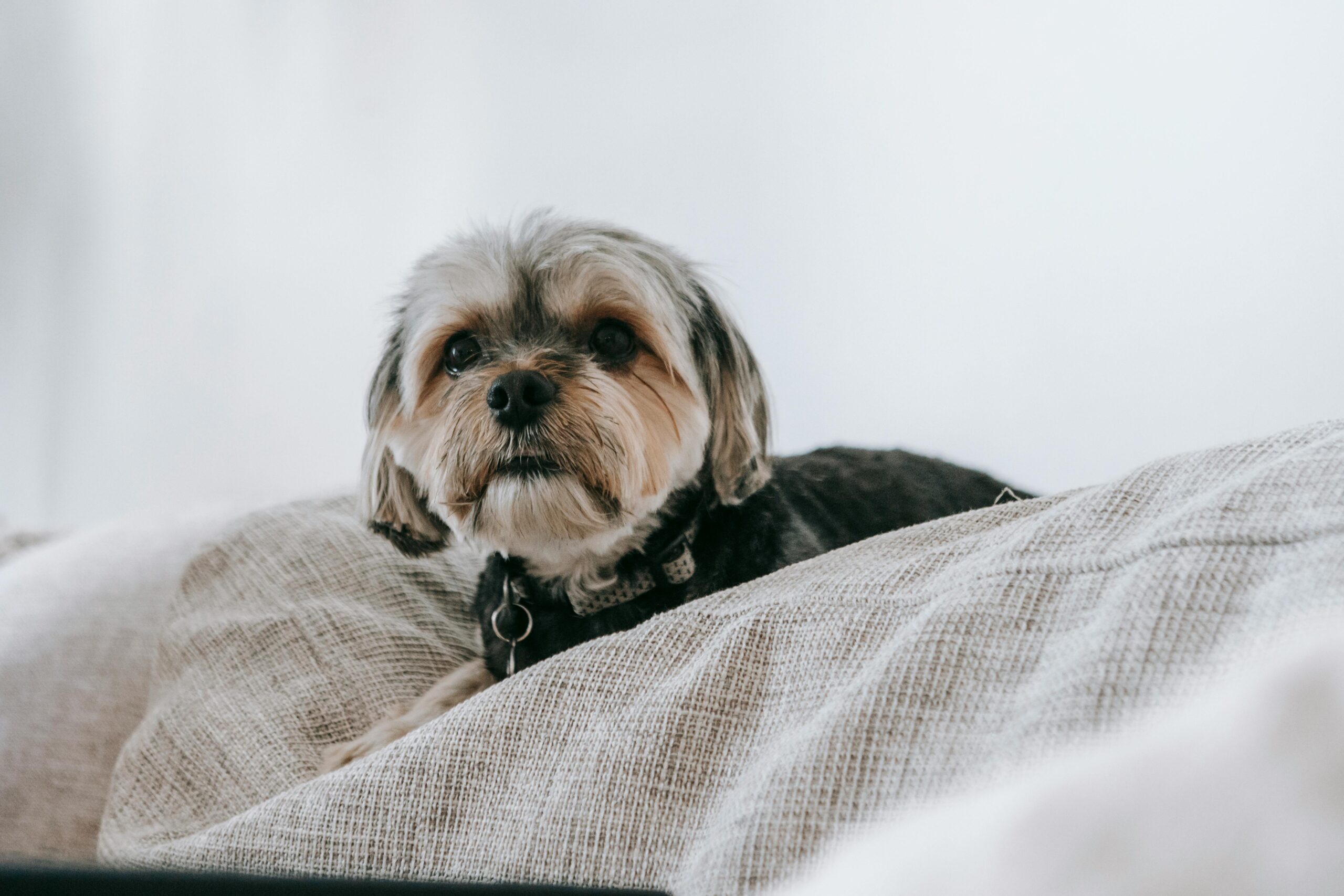When the school bell rings and the house suddenly goes quiet, your dog notices. What was once a lively environment filled with kids, attention, and energy quickly transforms into long hours of silence. For many dogs, this transition can lead to stress, boredom, or even behavior regression.
As a professional dog trainer, I’ve helped countless families prepare their pups for the emotional shift that comes with back-to-school season. The good news is, with a little planning and structure, you can help your dog adjust smoothly and confidently.
Why Routine Changes Matter to Dogs
Dogs are creatures of habit. They learn what to expect based on daily patterns. When your children are suddenly gone for 6 to 8 hours, your dog may not understand why their favorite playmates disappeared. Without clear communication and structure, this confusion can lead to:
- Whining, pacing, or barking
- Accidents in the house
- Chewing or destructive behavior
- Separation anxiety
- Depression or withdrawal
Just like kids prepare for the new school year, your dog needs some transition time too.
Start the Transition Early
You don’t want to wait until the first day of school to introduce new routines. Instead, begin adjusting your dog’s schedule at least one to two weeks in advance.
- Gradually reduce attention during the day. If your kids are constantly interacting with the dog, have them take breaks and let the dog settle alone for short periods.
- Create quiet time routines. Encourage your dog to relax in their crate or on their bed with a chew or toy while the family is home. This builds independence.
- Practice morning rushes. Simulate school mornings with backpack rustling, doors opening, and quick exits. Praise calm behavior during this routine.
These subtle changes help your dog adjust before the real shift happens.
Reinforce the Place Command
One of the most useful tools during routine changes is a strong “place” command. It gives your dog a consistent, calming location during busy or quiet times.
When the kids are getting ready for school or doing homework, your dog can stay anchored in their place with confidence. If this is a new skill for your dog, consider reading our guide on how your energy affects your dog’s behavior. Calm, consistent leadership from every family member helps reinforce boundaries without conflict.
Keep Mornings Calm, Not Chaotic
The back-to-school morning rush can be stressful for everyone, including your dog. Avoid turning departures into high-energy farewells.
- Skip the emotional goodbyes. A quick, neutral exit is better than drawn-out cuddles.
- Give your dog a special treat or toy right before the family leaves.
- Use calming tools like a long-lasting chew, stuffed KONG, or enrichment puzzle to redirect focus.
This reduces the association between leaving and stress, helping your dog stay relaxed as the house empties out.
Prevent Boredom While You’re Away
Mental stimulation is just as important as physical exercise, especially when your dog is home alone for longer periods.
Try these boredom-busting ideas:
- Frozen treat puzzles filled with kibble, peanut butter (xylitol-free), or pumpkin
- Interactive toys that dispense food gradually
- Snuffle mats for sniffing and foraging fun
- Dog-safe music or white noise to mask outside distractions
If your dog struggles with hyperactivity due to lack of stimulation, our Basic Obedience Program includes training techniques that can help calm excess energy and improve focus at home.
Set the Right Tone After School
When the kids return home, your dog’s excitement might explode into zoomies, barking, or jumping. While the enthusiasm is sweet, it’s important to reinforce calm greetings:
- Have your dog “sit” or go to “place” before kids come through the door.
- Let the kids ignore the dog for the first few minutes until calm behavior is shown.
- Reward the dog only when four paws are on the floor.
This helps your dog associate returning family members with calm structure, not chaotic excitement.
Watch for Behavioral Changes
Dogs don’t always express stress the way we expect. Pay attention to subtle signs that your pup may be struggling with the new routine:
- Reduced appetite
- Increased clinginess or pacing
- Restlessness at night
- Sudden barking or destructive chewing
If you notice these changes, step back and reintroduce training basics. Consistent routines, mental stimulation, and positive reinforcement will help your dog regain balance.
And if you’re practicing solo skills, check out our post on proven ways to practice travel skills without leaving your house. Building confidence in different environments, even at home, can prevent regression and strengthen independence.
School Year = Training Opportunity
Believe it or not, the school year offers a golden opportunity for focused training. With fewer distractions during the day, you can:
- Work on leash walking and advanced commands without kid-related excitement
- Reinforce calm behaviors like “down” and “place” during quiet periods
- Improve crate training and solo time skills
If your dog needs help adjusting or you want to level up their obedience during the fall, our Basic & Advanced Obedience Program is the perfect fit. We build real-world reliability into every command.
Support Your Dog Emotionally and Mentally
Your dog may not understand “school” or why their favorite humans are gone all day, but they do understand energy, tone, and consistency. Be patient. Speak calmly. Stick to the plan. And know that a little structure goes a long way in helping your pup adapt and thrive.
The American Kennel Club emphasizes that dogs learn best when routines and environments are predictable. That’s exactly what a well-managed school-year schedule can provide.
Want to help your dog thrive during the school year? Contact us today to start your personalized training journey.




